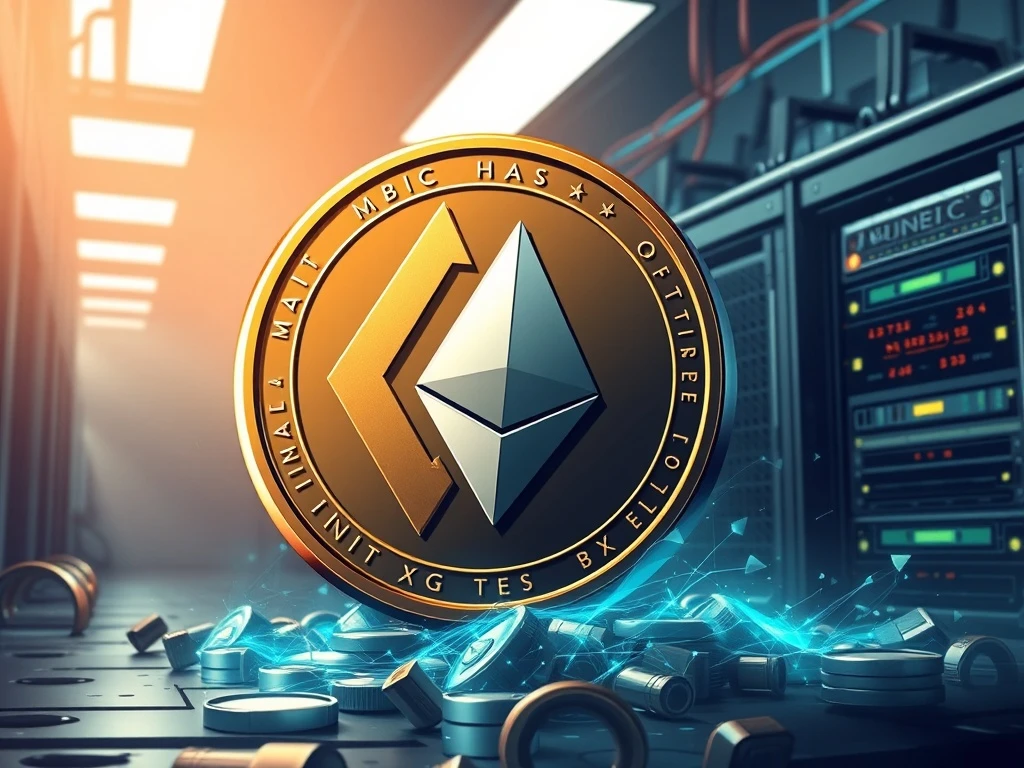Shocking 51% Attack: Qubic’s Monero Hashrate Grab Triggers Price Dip as QUBIC Token Surges 9.5%

In a bold and controversial move, Qubic—co-founded by IOTA’s Sergey Ivancheglo—has announced plans to control 51% of Monero’s hashrate, sparking fierce debate and market volatility. While Monero’s price dipped 1.1%, QUBIC tokens surged 9.5%. Here’s what you need to know.
What is Qubic’s 51% Monero Hashrate Experiment?
Qubic describes its initiative as an “economic experiment” to test Proof-of-Work (PoW) vulnerabilities. Key details:
- Timeline: August 2–31, 2025
- Mechanism: Convert mined XMR to USDT to buy/burn QUBIC tokens
- Goal: Expose centralization risks in PoW networks
Why Is the Cryptocurrency Community Alarmed?
Analyst Dan Dadibayo highlights three critical threats:
| Risk | Impact |
|---|---|
| Block/Transaction Censorship | Could reject competitors’ blocks |
| Protocol Manipulation | Force unwanted network changes |
| Economic Attacks | New vectors for market exploitation |
Monero’s Countermove: Community Rallies Behind SupportXMR
The XMR community rapidly shifted hashrate to supportxmr.com, now holding ~33% of the network. This decentralized response aims to mitigate Qubic’s influence.
Market Impact: XMR Dips 1.1% as QUBIC Token Soars 9.5%
The announcement triggered immediate effects:
- Monero (XMR): $323 (-1.1%)
- QUBIC: +9.5% (speculative surge)
Broader Implications for Cryptocurrency Mining
This incident reignites debates about:
- PoW network vulnerabilities
- Miner centralization risks
- Ethics of “white hat” attacks
Conclusion: Qubic’s experiment walks a dangerous line between innovation and network destabilization. While it highlights genuine PoW flaws, the cryptocurrency community must weigh short-term disruptions against long-term security insights.
FAQs
1. Can Qubic actually execute a 51% attack on Monero?
Technically yes—if it maintains >50% hashrate. However, community resistance (like SupportXMR’s growth) makes sustained control unlikely.
2. Why is QUBIC’s token price rising?
The buy-and-burn mechanism creates artificial scarcity. Traders may also speculate on the experiment’s success.
3. Has Monero survived previous hashrate threats?
Yes. Monero’s algorithm changes every 6 months to deter ASIC dominance, showing resilience against mining centralization.
4. What should Monero miners do?
Diversify mining pools to prevent any single entity from gaining excessive control. SupportXMR is currently the community-backed choice.









